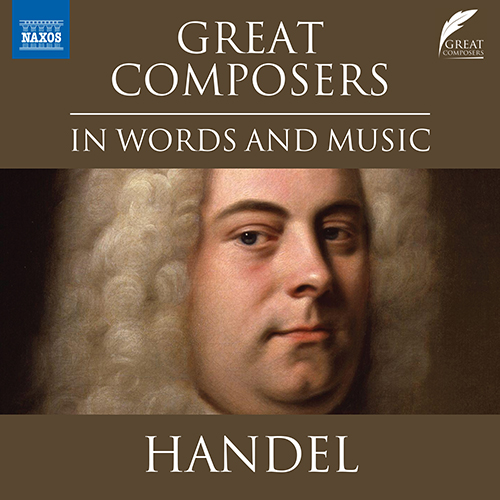In addition to its own wide-reaching monthly new releases (see www.naxos.com/newreleases.asp), Naxos also distributes several leading labels in many countries around the world. Here is a choice selection of recent releases from some of these distributed labels.
Founded in 1982, Capriccio has become well known for the individual character of its diverse catalogue. It boasts 1,000-plus albums with repertoire from the Renaissance to contemporary works, including numerous rediscovered pieces and world premieres performed by its growing roster of internationally renowned artists. These recordings have earned Capriccio many nominations and awards, including the Diapason d’or de l’année, Preis der DeutschenSchallplattenkritik and Echo (now Opus Klassik awards. Capriccio is committed to music fans that look beyond the paths of mainstream classical music and who are curious to discover unknown repertoires, young artists, as well as inventive programmes.
Check out the YouTube playlist introducing the Complete Bruckner Symphonies edition
Capriccio’s acclaimed Complete Bruckner Symphonies edition has successfully reassessed these enduringly enigmatic and complex works. The project recorded all versions of the Bruckner symphonies, including those found in the comprehensive Anton Bruckner Gesamtausgabe, which encompasses alternative versions. Under the musical direction of Markus Poschner, this marked the first time a single conductor oversaw all nineteen versions of the symphonies. The orchestras involved were the esteemed Bruckner Orchester Linz and the ORF Vienna Radio Symphony Orchestra.
Visit our #bruckner2024 mini-site and explore the series
The music of composer Milica Djordjević, born in Belgrade in 1984, is distinguished by its exuberant and imaginative use of sound. With full command of contemporary sound and performance techniques that never fail to surprise, her works showcase remarkable versatility and technical virtuosity.
In her short orchestral work Mali svitac, žestoko ozaren i prestravljen nesnošljivom lepotom (Little firefly, brightly lit and shocked by unbearable beauty), commissioned by the Berlin Philharmonic in 2023, Djordjević explores ‘the immense energy it takes to make things glow.’
Her orchestral piece Quicksilver, commissioned by musica viva of Bayerischer Rundfunk and premiered on 16 December 2016, by the Bavarian Radio Symphony Orchestra under the baton of Peter Rundel at the Herkulessaal of the Munich Residenz restricts melodic movement to very few, narrow intervals resulting in a composition that is ‘all the richer and more colourful on the inside’.
Čvor (Knot) for winds, piano, and percussion, commissioned for the Donaueschingen Music Festival, briefly but very intensively describes a knot that squeezes, twists, and eventually bursts.
Her choral work Mit o ptici (Myth of the Bird) for choir and orchestra, commissioned by musica viva in 2020 and premiered on 28 October 2022, with the Bavarian Radio Chorus and Symphony Orchestra under the direction of Johannes Kalitzke, draws on motifs from the 1979 verse epic by the Yugoslav poet Miroslav Antić (1932–1986). The narrative and dialogues are sung in alternating voices, sometimes separately, and intermingled in the third part. The music is the main carrier of the plot, conveying what is to be said without the need to understand the text.
The solo violin concerto spread rapidly throughout Europe from its cradle in Venice where Vivaldi established the genre’s formal aesthetic. Giuseppe Tartini, however, in nearby Padua, remained fully independent of Vivaldi’s model and established a school of pupils who reflected his own virtuosity and lyricism. The works of the three Italian and one German pupils in this programme contain noble and expressive slow movements in concertos that had absorbed the galant style and the influence of the Lombardy symphonists such as Sammartini. Three are heard in world première recordings.
Sentimental, dynamic, exuberant, multi-talented and extremely eclectic, Francisco Mignone, whose Italian background brought a sense of universality to his musical nationalism, was a leading figure in the Brazilian music scene during the 20th century. The Clarinet Concertino and Bassoon Concertino share a nationalist idiom: the dialogues between soloist and orchestra extend into expressive duets with the exciting use of rapid embolada – a Brazilian form of poetry and song. The elegant Guitar Concerto is filled with drama and vitality, while the Violin Concerto was summed up by one critic as ‘the greatest work of this challenging genre in the history of Brazilian music’.
Albert Hermann Dietrich is best known through his association with the Schumanns and his friendship with Brahms, but as this recording shows, his contribution to this circle’s artistic activities went further than promoting their works as music director at the small grand-ducal court of Oldenburg. The Symphony in D Minor has a strong kinship with Brahms and was one of the most frequently performed new symphonies of its day, while the originality and variety of orchestral colour in the Violin Concerto are impressive enough to have earned it a place in the concert repertory.
Gustav Mahler arranged Schubert’s String Quartet No. 14 ‘Death and the Maiden’ by expanding it into a grand orchestral spectacle. It reveals his admiration for Schubert and serves to intensify the quartet’s journey through life, death and human resilience in this fusion of two great composers’ musical visions. Airat Ichmouratov’s Concerto Grosso No. 3 is subtitled ‘Liechtenstein’ and draws on the country’s breath-taking scenery and music in an expressive and virtuoso orchestral exploration. It was composed specifically for Alexander Gilman and the LGT Young Soloists, one of the most successful touring youth orchestras throughout the world.
Vytautas Bacevičius’s life was defined by exile and migration during the turbulent first half of the 20th century, but his impressive catalogue represents a remarkable creative spirit undimmed by adversity. Composed while studying in Paris, the youthful Piano Concertos Nos. 1 and 2 represent Bacevičius’s nostalgia for his native Lithuania in their unselfconscious and spirited use of folk melodies, all of which contribute to their light and celebratory nature. Written not long after his arrival in the United States in 1944, the Third Symphony expresses an early optimism for the composer’s new home in its energetic, positive and confident tone, culminating in a citation of The Stars and Stripes Forever.
The poet Henrik Ibsen and Edvard Grieg met in Rome in 1866. At that time, Ibsen was working on the dramatic poem Peer Gynt, based on Norwegian fairy tales by Peter Christen Asbjørnsen. Ibsen later adapted it into a stage play and commissioned Grieg to compose music for it. The premiere took place on 24 February 1876. Grieg subsequently used this music to create two purely orchestral suites, which have become some of the best-known works of Romantic music, and later created a very colourful and atmospheric arrangement for four-hand piano.
Grieg was inspired to write his Piano Concerto in A Minor, Op. 16 when, as a student, he heard Clara Schumann perform her husband Robert’s piano concerto in Leipzig in 1858. Grieg became a great admirer of Schumann, who inspired him to choose the same key, A Minor, for his own piano concerto, written ten years later in Denmark. Its premiere in Copenhagen in 1869 was met with enthusiastic acclaim.
When Grieg met Franz Liszt in Rome in 1870, Liszt played his piano concerto – a great honour and joy for Grieg. Both the piano concerto and the two Peer Gynt suites have since become celebrated as some of the most beautiful and popular piano works of the Romantic era.
Exclusively available for streaming and download
Soon after finishing the Seventh Symphony, Bruckner composed the Eighth, his most extensive. However, after being told by his good friend, the conductor Hermann Levi, that he couldn’t quite make sense of it, Bruckner – again plagued by self-doubt – immediately started to revise the score, a process that took him a number of years. The Eighth Symphony therefore has two versions: the original one from 1887 (heard on this recording directed by Eliahu Inbal, one of the first conductors to re-introduce it into concert halls) and the revised version from 1890.
This sequence of Wagner’s preludes and overtures ranges across his compositional output, from Rienzi, his first distinctive opera, through the stirring Prelude to Act I of Die Meistersinger von Nürnberg and the Ride of the Valkyries from Die Walküre, to his last work, Parsifal from which we hear the Good Friday Music. They are performed by the St. Louis Symphony under the Polish conductor Jerzy Semkow who was the orchestra’s music director from 1975 to 1979.
The three Italian choral works on this album cast new light on pre-existing musical material. Corrado Margutti’s Missa Lorca fuses the words of Federico Garcia Lorca with an evocation of Monteverdi’s polyphonic textures to create fascinating sounds, as the two movements from the Mass reveal. Pizzetti’s Messa di Requiem, the first of his great choral compositions, offers a wealth of expressive detail notably the use of Gregorian chant in music of huge range and richness. Lorenzo Donati’s Sicut Cervus fittingly concludes this selection as it threads music from Palestrina into his piece illuminating the past with vivid new colours.
Grace Williams’ lifelong interest in vocal writing no doubt owed something to her upbringing in Wales. The original works heard here in their premiere recordings span the entirety of her career, ranging from her earliest surviving composition in any genre to 1967’s Fear no more the heat o’ the sun. Williams’ folk song arrangements were often commissions for BBC children’s programmes, and while her craftsmanship is evident irrespective of the song’s country of origin, her stylistic fingerprints are most firmly placed on her understated setting of the beautiful Welsh love song, Cariad Cyntaf.
Herbert von Karajan’s relationship with Mozart’s operas was quite ambivalent, especially in his early years. Later, however, he increasingly returned to these works, conducting Don Giovanni at the Salzburg Festival in three different productions. This 1970 recording captures the 1968 production, with only two roles in the original top-flight cast of singers being recast. While the Festival audience was impressed, the critical response was mixed. Today, this live recording from 1970 is considered one of the legendary performances of the Salzburg Festival.
The title role is sung by the Bulgarian bass Nicolai Ghiaurov, renowned for his performances at the Bolshoi Theatre in Moscow, the Sofia Opera, and La Scala in Milan, which established him as a great dramatic singer. Geraint Evans, the noted Welsh baritone, portrays Leporello, showcasing his extraordinary abilities as a character actor, previously demonstrated at the Festival from 1962 to 1967 in the role of Mozart’s Figaro.
In the role of Donna Anna, Gundula Janowitz is heard at the zenith of her career, which was largely promoted by Karajan. Polish-born Teresa Żylis-Gara, acclaimed for her Mozartian roles at Glyndebourne and elsewhere, fits perfectly into Karajan’s concept of Dona Elvira: sensitive, wavering between her pain and her feelings for Don Giovanni, which resurface repeatedly.
Balagan offers a captivating journey through a diverse array of musical landscapes, showcasing the exquisite interplay between clarinet, violin, and piano. At its heart lies Paul Schoenfield’s Trio, a vibrant and energetic composition that weaves together elements of classical, jazz, and folk music with masterful precision.
Claude Vivier’s Pièce pour violon et clarinette adds an avant-garde touch to the repertoire, exploring the boundaries of sound and expression. Meanwhile, Béla Bartók’s Contrasts offers a dynamic exploration of Hungarian folk melodies, infused with Bartók’s signature rhythmic complexity and harmonic richness.
The arrangement of Ernest Bloch’s Prayer by Thomas Beijer evokes a sense of introspection and reverence, showcasing the trio’s ability to convey deep emotion through their impeccable musicianship. On a lighter note, the arrangements of eden ahbez’s Nature Boy and Béla Kovács’s Greetings from the Balkan bring a touch of whimsy and charm, offering delightful moments of musical exploration.
With the stellar performances of Noa Wildschut on violin, Pablo Barragán on clarinet, and Frank Dupree on piano, Balagan is a captivating recording that celebrates the beauty and versatility of chamber music. Each piece is brought to life with passion, precision, and a profound sense of artistic expression, making this album a must-have for classical music enthusiasts and newcomers alike.
Four-time GRAMMY-winning sextet, Eighth Blackbird (8BB), ‘one of the smartest, most dynamic contemporary classical ensembles on the planet’ (Chicago Tribune), presents the world premiere recording of Pulitzer Prize-winning composer David Lang’s composition as explanation, based on
Gertrude Stein’s seminal 1926 lecture of the same name.
Called Super Chamber Music by David Lang, this multidisciplinary work incorporates elements of chamber music, theatre, and performance art; it has the ground-breaking ensemble not only performing the music, but also speaking and singing Stein’s text. For the performance, the 8BB players committed themselves to a rigorous education process, including lessons in acting, diction, and the art of theatre.
Musical America praised 8BB’s live performance of Lang’s work as ‘every bit as witty, circular, and self-referential as Stein’s own prose; it’s rare, not to mention utterly satisfying, to hear a work that so completely embodies its text. To invoke Stein, one suspects Composition as Explanation will be a work of our time for many times to come.’
In 2016, 8BB asked David Lang to propose a project that they could perform at the Chicago Arts Club in conjunction with the Club’s centennial year. In his research, Lang discovered that Stein had spoken at the Club in 1934; this led him to employ Stein’s text as the basis for the piece.
Pelle Gudmundsen-Holmgreen (1932–2016) successfully garnered admiration from every faction of progressive Danish music. Following their acclaimed first volume in this new chronological cycle of the composer’s complete string quartets, the Nordic String Quartet now presents works that vividly display the composer’s musical imagination in all its unbridled joy, brilliance and eccentricity. Spanning 27 years, these compositions, including three written for the world-famous Kronos Quartet, see the composer toying with form, sparring with nature and grappling with seemingly irreconcilable opposites.
John Corigliano is one of America’s most distinguished composers whose music, as Leonard Slatkin writes, ‘belongs to the world’. Corigliano originally conceived his setting of Bob Dylan songs Mr. Tambourine Man for voice and piano, then orchestrated it (this version can be heard on 8.559331) and some years later transcribed it for chamber forces. The performance heard here is the first recording of this final version. The cycle traces a dramatic journey, from exuberance to premonition, and finally to a vision of the victory of ideas. It is coupled with Vincent Ho’s Gryphon Realms, a virtuosic and mystical work for piano trio, coursing with serpent-like motifs and primal energy.
The versatility of Catalan songs has seen them much in use in arrangements for violin and piano, with Fritz Kreisler and Joseph Szigeti enthusiastic champions of their virtuoso potential and melodic charm. In addition to arrangements, this programme has plenty of original works for violin including Gaspar Cassadó’s substantial Violin Sonata, Enrique Granados’s fulsome Romanza and Federico Mompou’s rhapsodic Altitud, with Jordi Cervelló’s sparkling ‘test piece’ Prova di violino bringing us well into the 21st century.
2024 marks 150 years since the premiere of Pictures at an Exhibition. On this anniversary, The Modern String Quartet presents an extraordinary and progressive interpretation of this timeless masterpiece. Known for their innovative approach in transforming the different genres of classical music, the quartet now exhibits pictures within the framework of a fascinating contemporary tonal language – abstract and modern. A crouched Gnomus scurries through the disharmonious paint blobs reminiscent of a Jackson Pollock, while Baba Jaga skitters through the wild, expressionistic brush strokes akin to Wassily Kandinsky. New pictures emerge, uncompromising in expression and enhanced by unrestrained imagination.
The quartet’s captivating music transforms listeners’ perceptions of well-known paintings, while the musical pieces themselves become new works of art through inspiring jazz improvisation. This exhibition turns into a splendid promenade through wonderfully diverse styles of music.
Aram Khachaturian was devoted to ballet music and produced two masterpieces of the genre – Spartacus and Gayane. Distinguished by indelible thematic beauty of which the ‘Adagio of Spartacus and Phrygia’ is a perfect example, the ballets are symphonic in conception and, in the case of Gayane, marked by the use of leitmotifs. The Masquerade Suite is a richly contrasted theatre score. These sensitive piano arrangements preserve the very essence of Khachaturian’s music, maintaining the texture and clarity of the original orchestral scores. Mikael Ayrapetyan is the world’s leading exponent of Armenian piano music and his Grand Piano recordings of music from his homeland have been met with universal admiration.
Idil Biret wanted to record the many waltz transcriptions of Godowsky and others. Chief among these was the transcription of the Johann Strauss’ waltz Künstlerleben by Godowsky which she had performed at many concerts in the 1970s and the Blue Danube Waltz. However, there was another project scheduled before that; four Haydn Sonatas, some of the most beautiful among the many he composed. When Idil Biret suddenly fell ill in 2021, both projects were abandoned. Then, miraculously a stupendous recording of her performance of Künstlerleben in New York from December 1975 surfaced on the internet which led to reembarking on the project in a somewhat different way. The result is this album, a compilation of Biret’s past performances of Waltzes and Dances from many composers including Bartók, Berlioz, Chopin, Debussy, Liszt, Ravel, Stravinsky and, of course, Leopold Godowsky – his piano transcription of the Strauss waltz Künstlerleben, ‘Metamorphosis on Themes from Artist’s Life’.
Manuel Lipstein’s debut album mixes modern, expressive, virtuoso cello works with refined fantasies by the old master Georg Friedrich Telemann in a programme built on spontaneity, creativity and imagination. Hindemith composed his eloquently varied solo sonata in just a few days as part of a bet with fellow composers. Eric Feldbusch’s suite Mosaïque comprises eloquent improvisations based on traditional Jewish melodies and a lively wedding dance. Manuel Lipstein’s prowess as a cellist are clearly reflected in his own composition, Four Dream Images, while the vivacity of Spanish dancers comes alive in Gaspar Cassadó’s romantic Suite for solo cello.
The singular sound of Dreamspace comes from fusing two sonic goals. By using a number of different microphones placed at various positions and distances, a comprehensive perspective on the piano and Michael Mizrahi’s dynamic approach to performance is achieved, resulting in a realistic and lifelike portrayal of both the instrument and Mizrahi’s playing. Listeners are immersed in a specific location within the performance space while also experiencing sounds that could be heard from multiple listener positions. Harmonising these dual objectives – achieving both a multi-perspective and realistic soundworld – defines the unique auditory experience of Dreamspace.
Nearly thirty years after La Guitarra de Torres (Divox, 1996/1997), Stefano Grondona is releasing a new album entirely dedicated to exploring the sound of Antonio de Torres’ instruments. The album marks the culmination of a journey that began with the initial public performances on these guitars during the luthier festival held at the Conservatorio di Vicenza in 1995. Titled Ancestral, the album signifies a complete circle, embodying both the archetypal essence of Torres’ guitars and the expressive style of Grondona. Taken from recordings from 2000 to 2022, the album traverses diverse environments and sonic creations, offering a comprehensive exploration of Torres’ universe and Grondona’s artistic modes.
Luigi Cherubini stands out as one of the most interesting artistic figures during a pivotal historical period spanning the eighteenth and nineteenth centuries. His musical career flourished in Florence, a city rich in culture and marked by significant events, including the Italian performances of Handel’s Messiah and operas by Hasse, Gluck, Paisiello, Piccinni, Rutini and Traetta, as well as Mozart’s 1770 performance. Chiara Cattani’s rendition of Luigi Cherubini’s sonatas in this recording can be described as galant, a term that captures their essence without diminishing their significance compared to earlier compositions. The eighteenth century was particularly prolific for keyboard literature, notably the Sonata form, influenced by various changes that culminated in the Classical period’s peak. The taste of the Italian society underwent a profound transformation, favouring melodic expansiveness, clarity, transparency and lightness – qualities that permeated all aspects of art during this era. Simplicity and proportion were foundational, enhancing the lively and fervent quality of Cherubini’s compositions, imbuing them with energy and originality.
The Subscription Concert Series of the Wiener Philharmoniker, held in the renowned Golden Hall of the Musikverein, offers exclusive concerts reserved for subscribers. Due to their exceptional quality and limited availability, the average waiting time for subscribers is more than 10 years. With this series, these very special concerts are made available for the first time audiovisually to a wider audience worldwide.
Conductor Herbert Blomstedt, an honorary member of the orchestra, is a regular guest at the subscription concerts. For this particular event, he chose Carl Nielsen’s Fifth Symphony, a piece he describes as ‘full of Danish humour: very serious and at the same time very comic and yet sublime.’
As a contrast to Nielsen’s exciting experimentation, Greek star violinist Leonidas Kavakos interprets Johannes Brahms’ Violin Concerto, one of the most beloved and frequently performed works in the violin concerto repertoire. ‘Leonidas Kavakos, together with the Philharmoniker, makes this beautiful work a true celebration.’ (klassik-begeistert.de)
In the early 1670s, soon after Venetian opera became established in Naples, a series of comic figures began to inhabit secular but also sacred operas. These stock characters included the Neapolitan, the Calabrian and the Boy, and all three plus a fourth, ‘The Spaniard’, appear in a comic intermezzo inserted in the 1673 opera Il disperato innocente by the little-known Francesco Antonio Boerio. This is the oldest surviving Neapolitan comic intermezzo, and, along with its Prologue, seems to have been written by other authors. This video preserves a historically-informed performance given by Antonio Florio with Pino De Vittorio that explores the tradition of the intermezzo in 17th-century plots.
Rued Langgaard’s remarkable opera Antikrist confronts the decline and fall of Western civilisation, critiquing modern lifestyles and ways of thinking, which resonates with our times more than ever before. Never performed in the composer’s lifetime, Antikrist blends Romantic and contemporary styles to create a score that is both seductive and opulent, while the lack of a conventional plot creates space for an ironic and sarcastic exposé of contemporary civilisation’s weaknesses. This spectacular Deutsche Oper Berlin production was acclaimed in The New York Times as a ‘riotously colourful, boldly stylised staging [in] a near-breathless swirl’.
The Kiss by Gustav Klimt is one of the most recognised and reproduced paintings in the world. It is perhaps the most popular poster on student dorm walls from Beijing to Boston.
Painted in Vienna around 1908, the evocative image of an unknown embracing couple has captivated viewers with its mystery, sensuality and dazzling materials ever since it was created. But just what lies behind the appeal of the painting – and just who was the artist that created it?
Delving into the details of real gold, decorative designs, symbolism and simmering erotica, a close study of the painting takes us to the remarkable turn of the century Vienna when a new world was battling with the old.
Klimt was a titan of the Art Nouveau movement, creating decadent new worlds which merged tender sensuality, ancient mythology and radical modernity. Discover the scandalous life and the rich tapestry of extraordinary influences behind one of the world’s favourite paintings.
From director Ali Ray (Frida Kahlo and Mary Cassatt – Painting the Modern Woman) comes a powerful, gripping and passionate new film.
Wagner’s immense imagination reveals itself in the composer’s 16-hour Ring cycle, being able to fully captivate worldwide audiences since its complete performance in 1876 in Bayreuth. Christian Thielemann’s conducting of ‘Velvety sound of unmatched beauty’ (The Guardian) leads an extremely sophisticated production, with Tcherniakov’s stage that meets the highest technical standards, evolved in ever new, impressive spaces. Götterdämmerung is the concluding chapter of Wagner’s monumental four-part opus, which he conceived in the light of the revolution of 1848/49 and completed in 1874 after numerous attempts and a long interruption. In many ways, the thematic and musical threads are intertwined in a highly artistic and complex manner. ‘Tcherniakov, as usual, manages details on a level rarely seen in opera.’ (The New York Times)
Handel’s Music for the Royal Fireworks and Water Music, two of his greatest orchestral achievements, have become synonymous with mid-18th-century England and with the pomp, ceremony and tradition of British royalty. But is this music necessarily synonymous with Handel? Where did his eclecticism and experimentalism come from? How and why did he conquer the emerging genre of the English oratorio and what were the circumstances that allowed him to become one of opera’s greatest composers? This revealing audio biography is accompanied by musical examples drawn from his orchestral and instrumental music, his cantatas, oratorios, operas and those two famous royal commissions.
Dedicated to spreading awareness of Carnatic (South Indian classical) music throughout the West, Jyotsna Srikanth interprets compositions from revered 15th- and 18th-century Carnatic composers. Exhibiting a range of beautiful ragas derived from the traditional Melakarta system, all pieces feature her exceptional fingering technique and the delightful fusion of musical expression and emotion.
Make sure to subscribe to Naxos newsletters for other great offers.








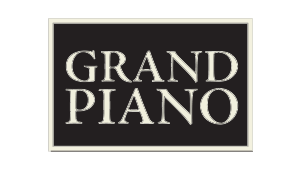
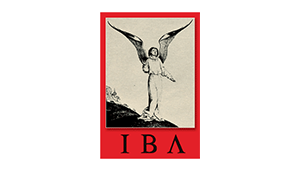



















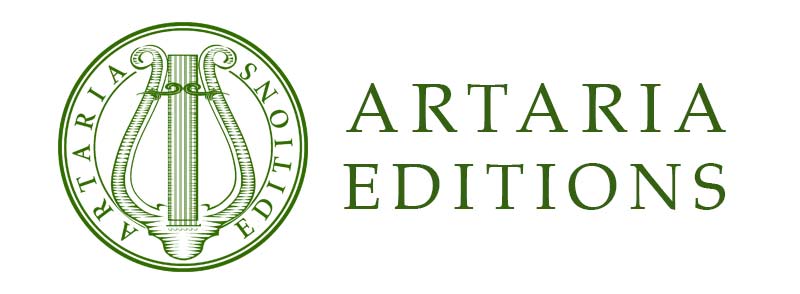



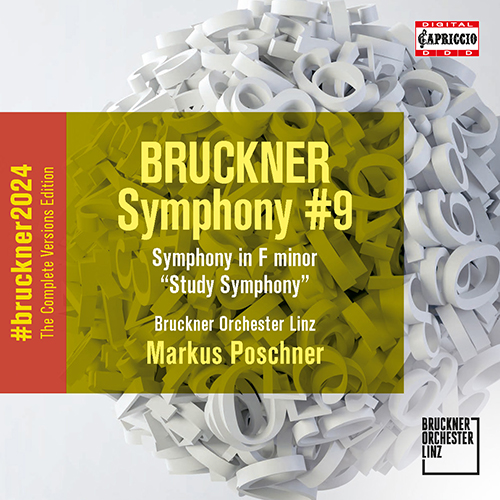
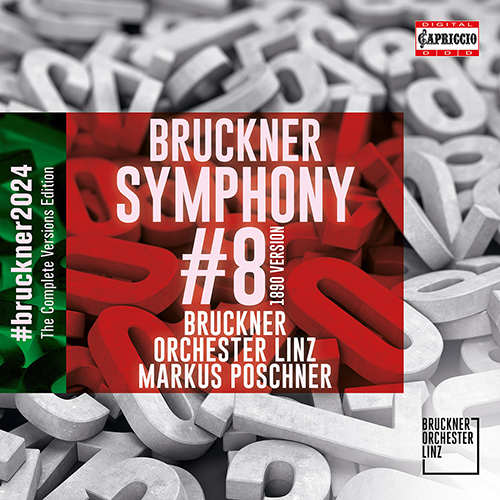
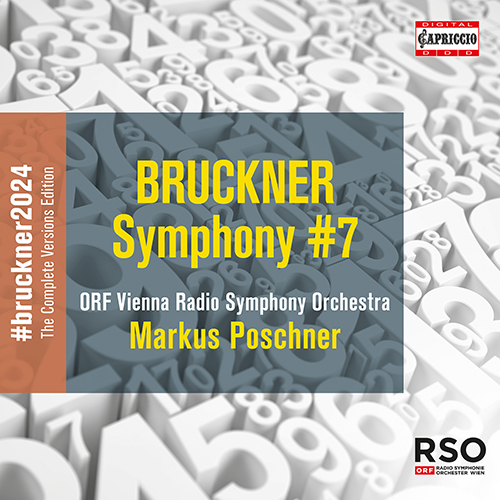
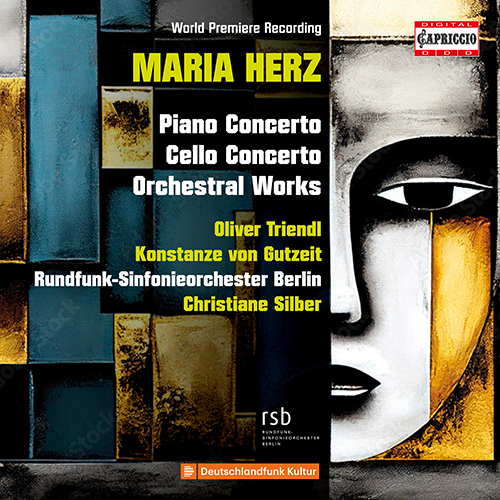
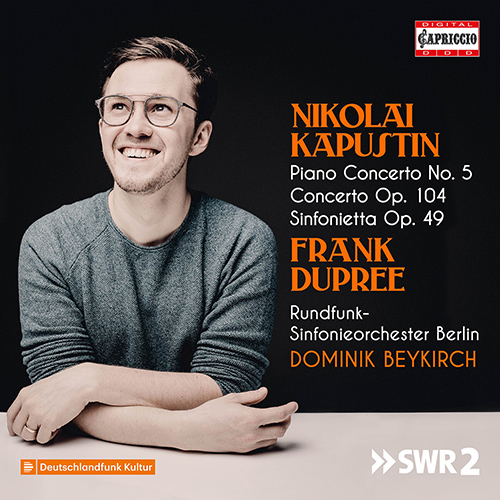

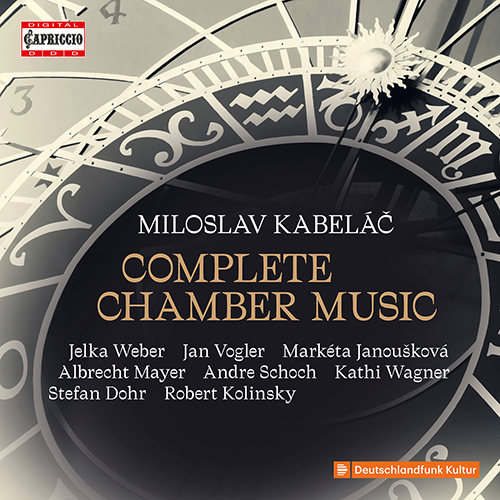
![HENZE, H.W.: Das Verratene Meer [Opera] (V.-L. Boecker, Skovhus, Lovell, Van Heyningen, Vienna State Opera Orchestra, S. Young) HENZE, H.W.: Das Verratene Meer [Opera] (V.-L. Boecker, Skovhus, Lovell, Van Heyningen, Vienna State Opera Orchestra, S. Young)](../../../sharedfiles/images/cds/hires/C5460.jpg)
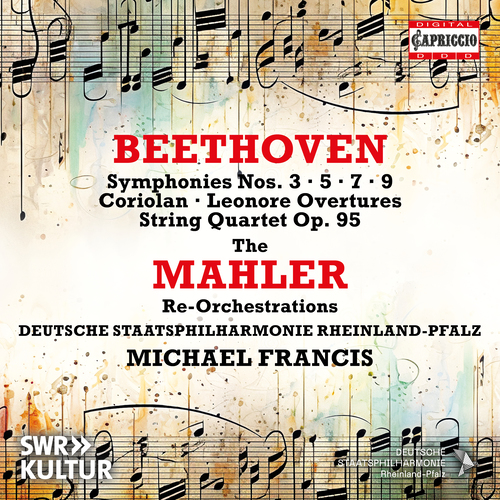
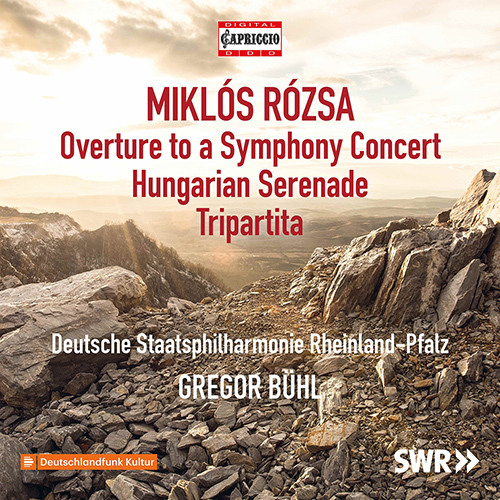
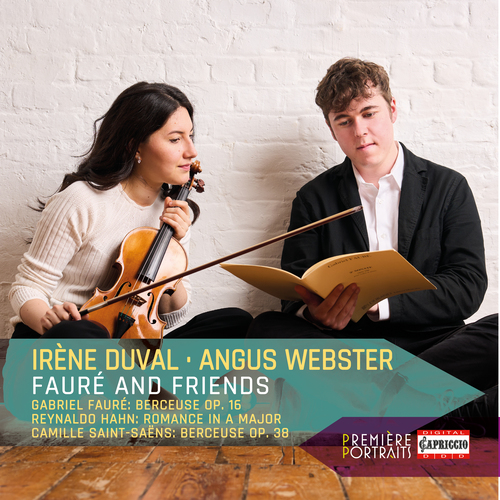
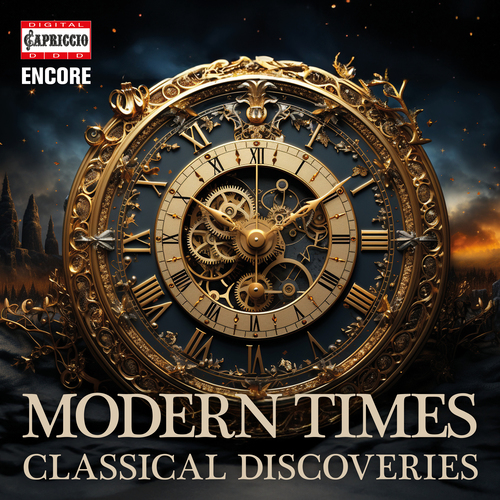
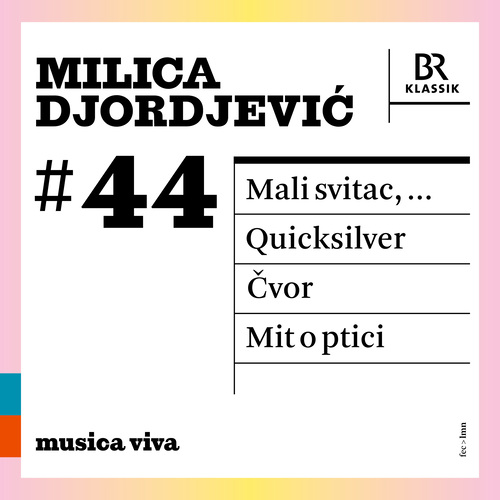
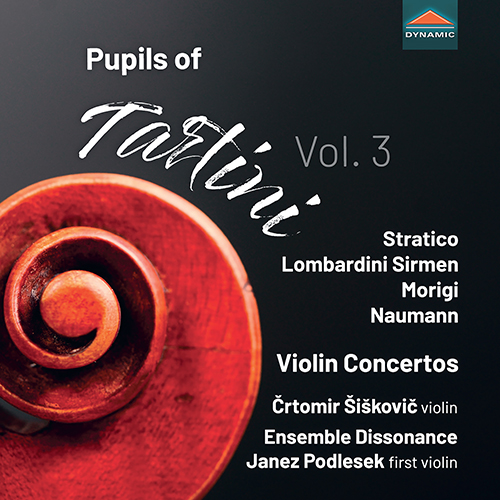
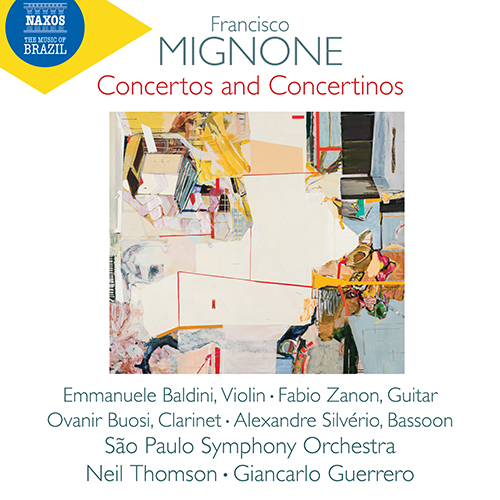
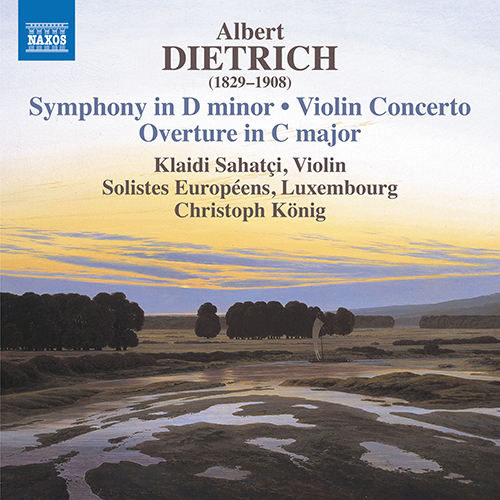
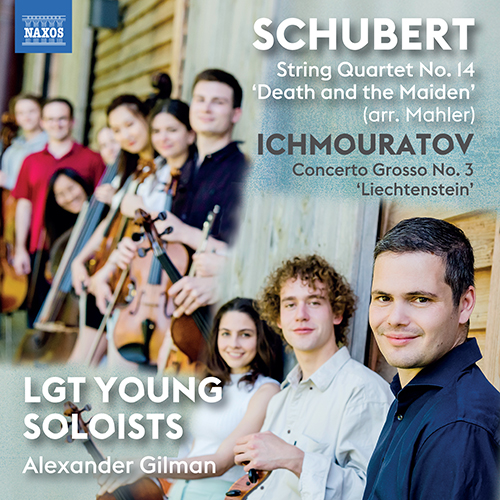
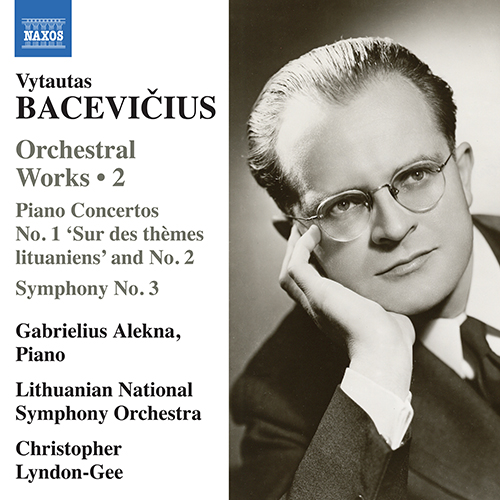
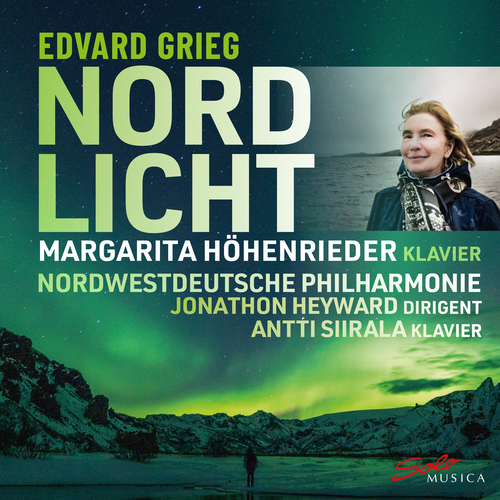
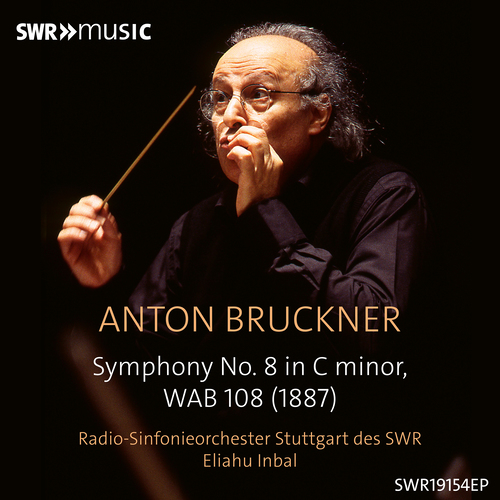
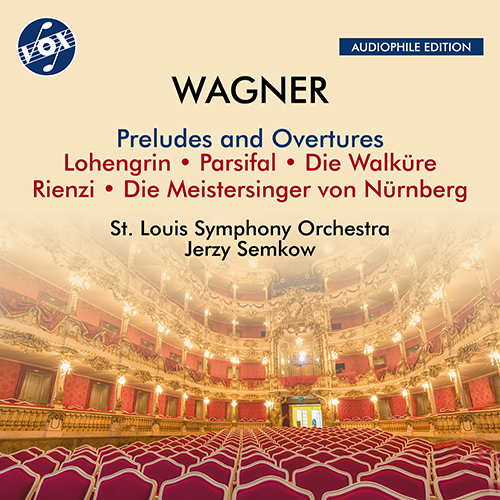
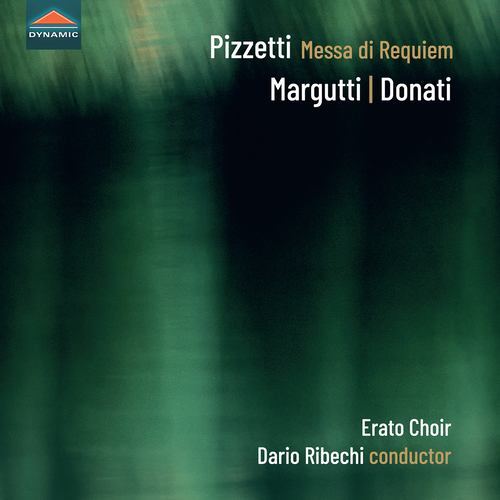
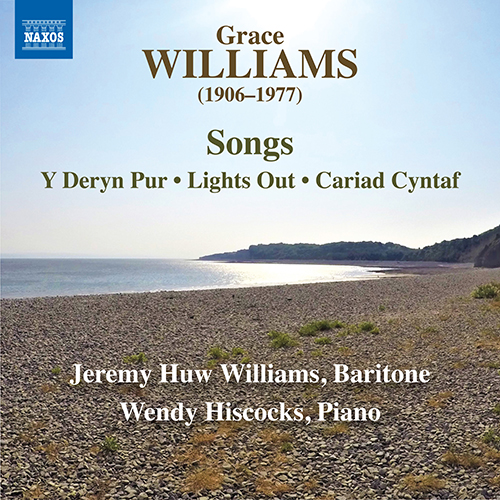
![MOZART, W.A.: Don Giovanni [Opera] MOZART, W.A.: Don Giovanni [Opera]](../../../sharedfiles/images/cds/hires/C230113.jpg)
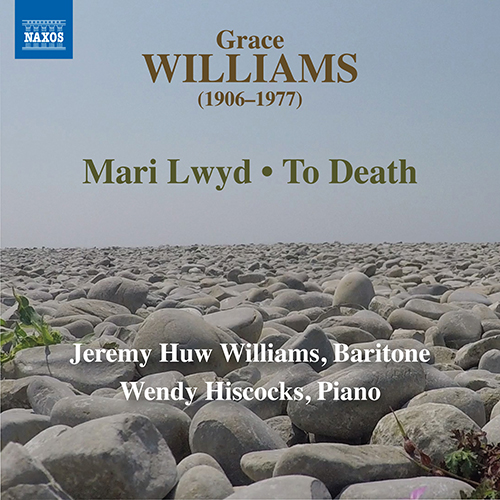
![BRITTEN, B.: Billy Budd [Opera] (Shicoff, Skovhus, Halfvarson, Vienna State Opera Chorus and Orchestra, Runnicles) BRITTEN, B.: Billy Budd [Opera] (Shicoff, Skovhus, Halfvarson, Vienna State Opera Chorus and Orchestra, Runnicles)](../../../sharedfiles/images/cds/hires/C230133.jpg)
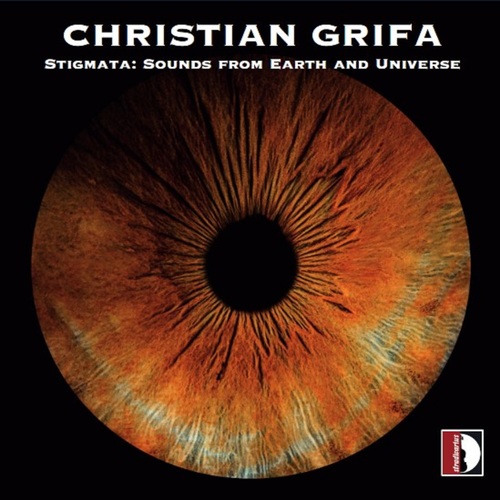
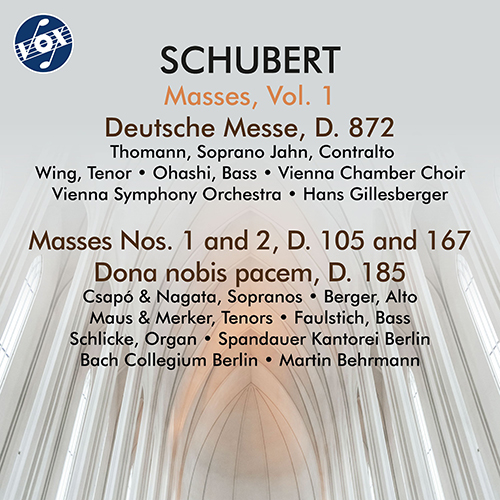
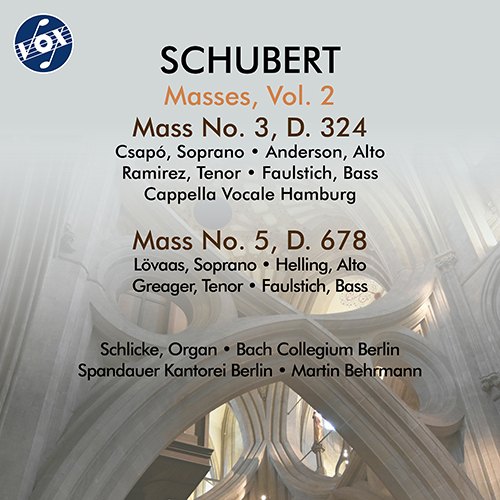
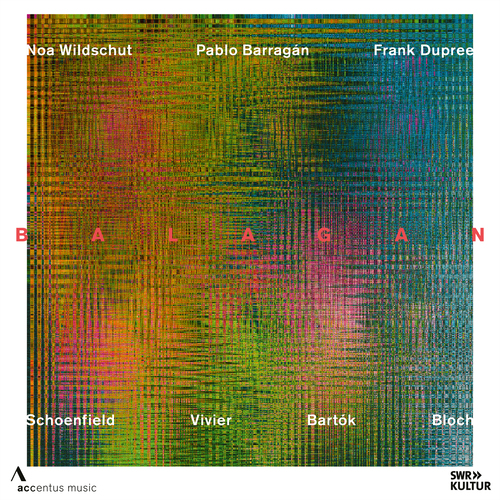
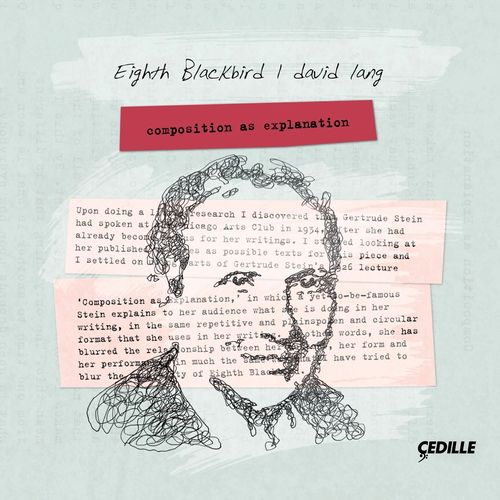
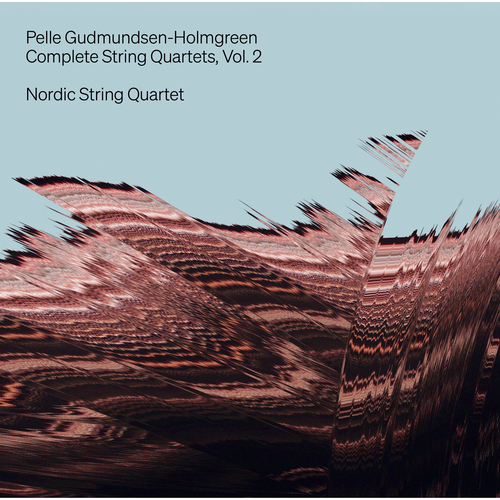
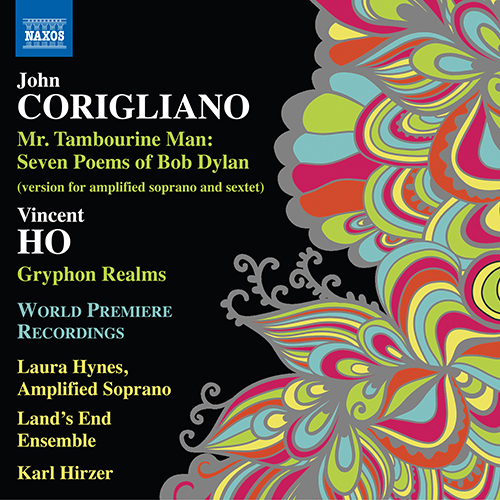
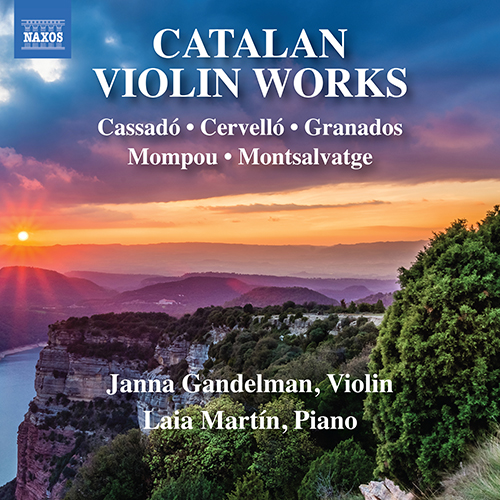
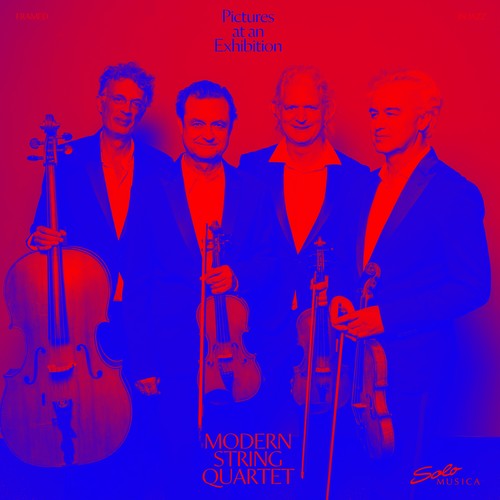
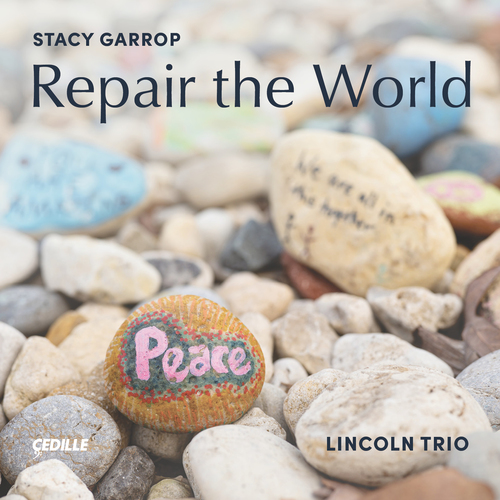
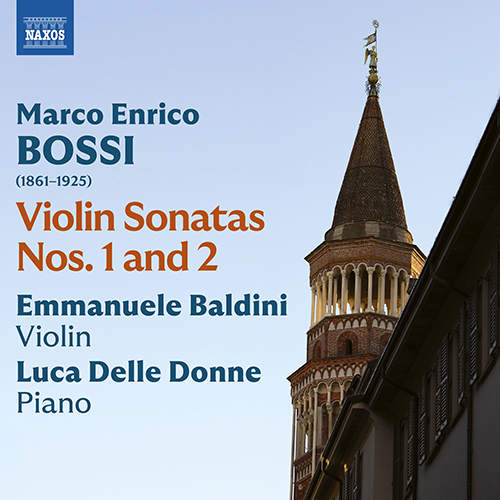
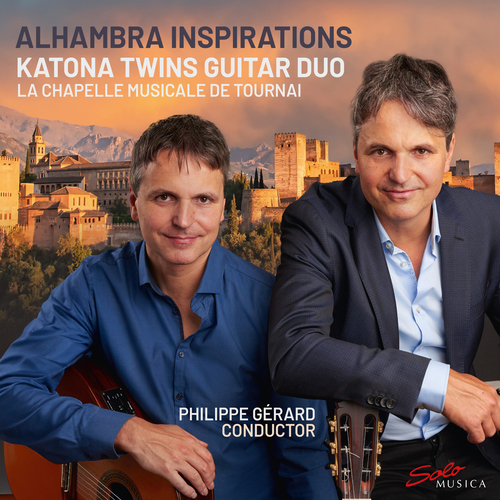
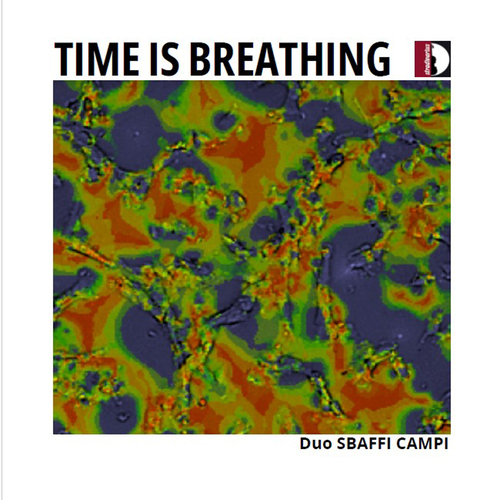
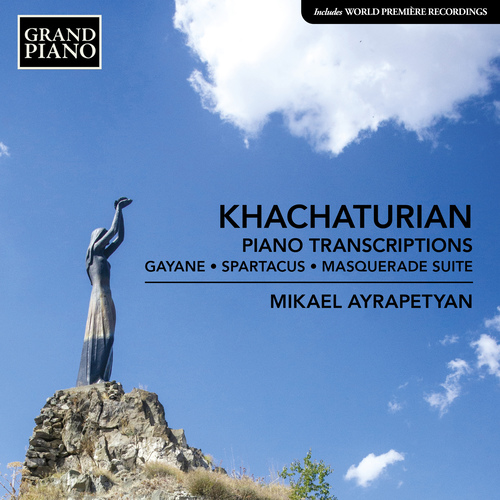
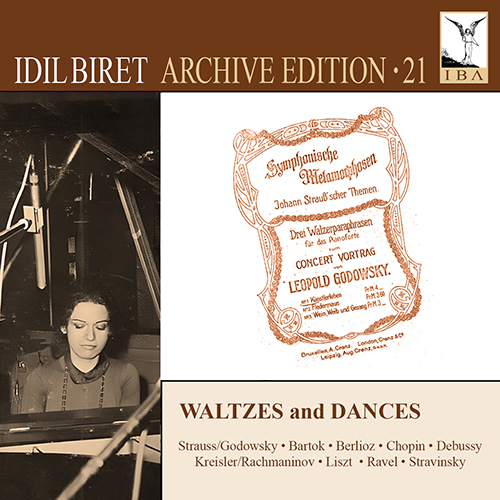
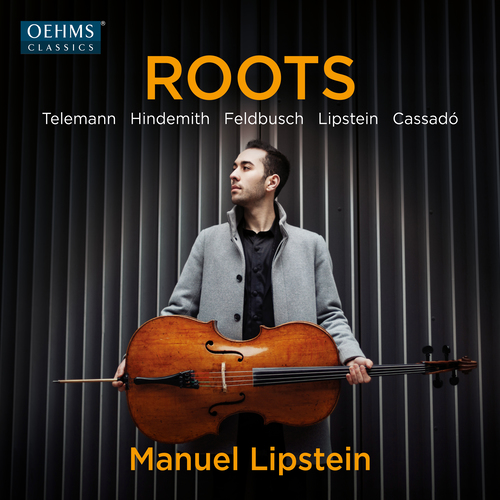
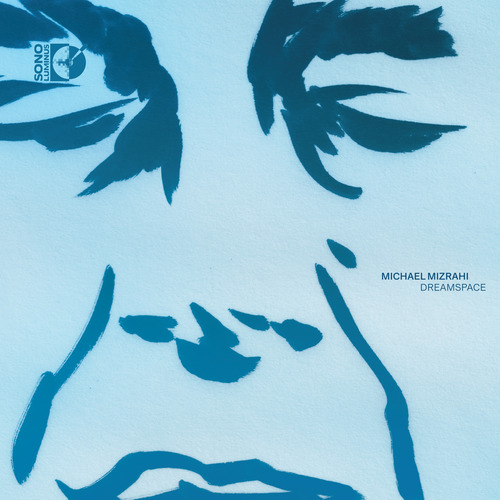
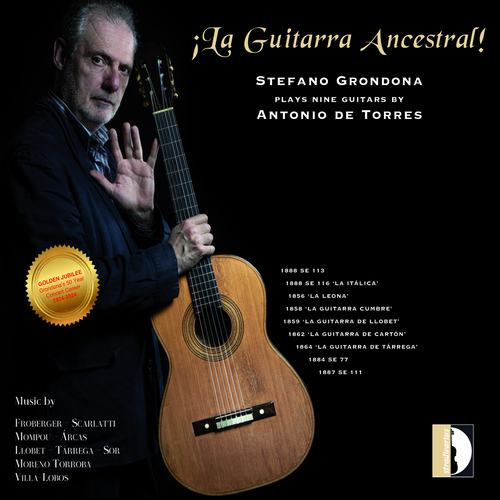
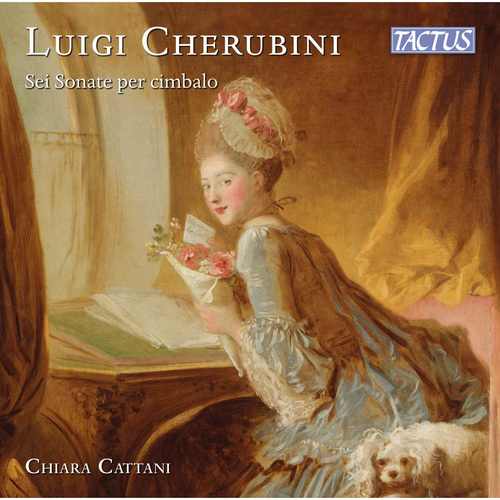
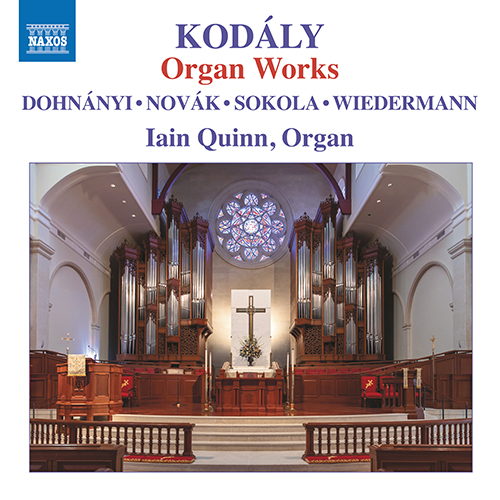
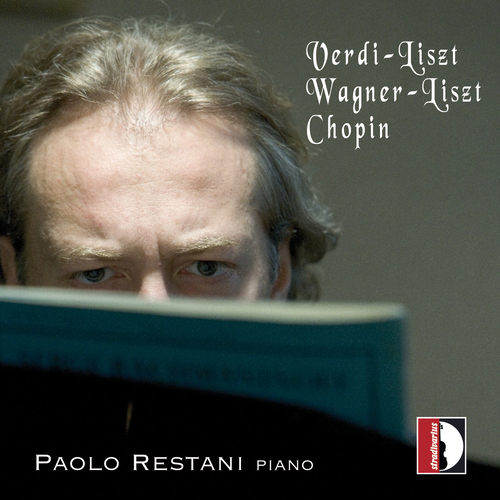
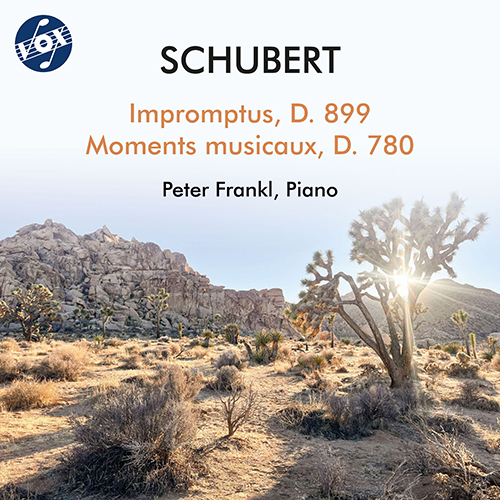
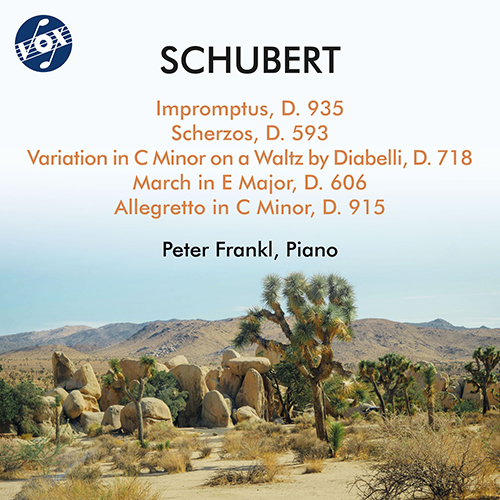
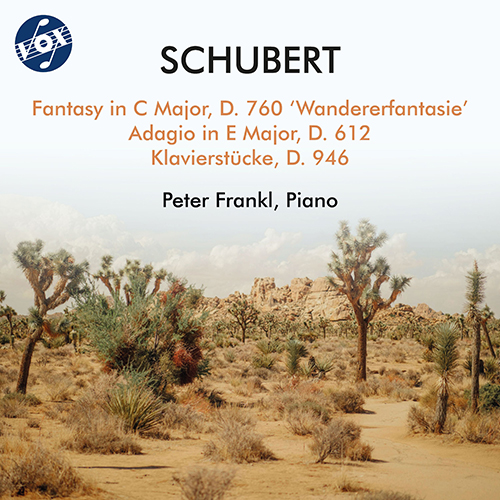
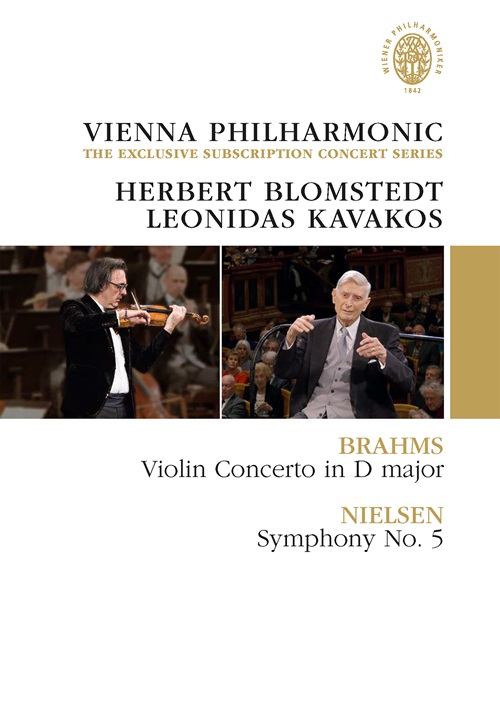
![BOERIO, F.A.: Bello tiempo passato [Opera] (revised and reconstructed by A. Florio) (Cappella Neapolitana, 2023) BOERIO, F.A.: Bello tiempo passato [Opera] (revised and reconstructed by A. Florio) (Cappella Neapolitana, 2023)](../../../sharedfiles/images/cds/hires/DYN-38016.jpg)
![LANGGAARD, R.: Antikrist [Opera] (Sung in German) (Deutsche Oper Berlin, 2023) LANGGAARD, R.: Antikrist [Opera] (Sung in German) (Deutsche Oper Berlin, 2023)](../../../sharedfiles/images/cds/hires/2.110764.jpg)
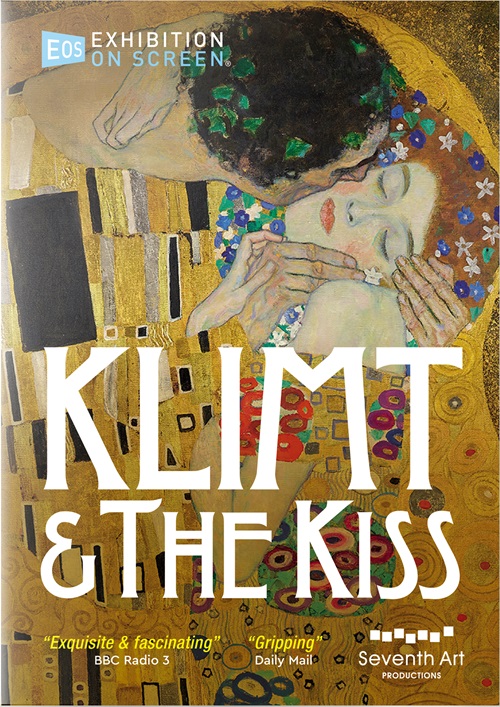
![WAGNER, R.: Götterdämmerung [Opera] (Staatsoper Unter den Linden, 2022) WAGNER, R.: Götterdämmerung [Opera] (Staatsoper Unter den Linden, 2022)](../../../sharedfiles/images/cds/hires/810408.jpg)
